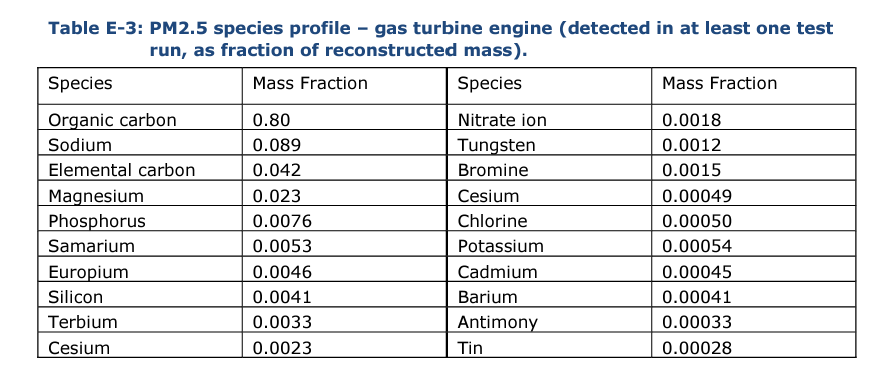Ramboll Environ
August 18, 2016
Executive Summary
These tests generated new data for development of updated fine particle (particles with aerodynamic diameter of 2.5 micrometers and smaller, PM2.5) air emission factors for natural gas-fired engines applicable to upstream and downstream oil and gas operations and natural gas end users. The tests were conducted using a stationary source dilution sampling method combined with ambient air sample collection and analysis methods to determine both the mass and chemical speciation of combined filterable plus condensable PM2.5 emissions. The chemical composition of the collected aerosols also was determined (51 elements, selected ions and organic and elemental carbon).
Tests were conducted on a 27.5 megawatt natural gas-fired combustion (gas) turbine engine employing lean premix low-NOx combustors and a 2.3 megawatt natural gas-fired four-stroke lean burn reciprocating engine, both at natural gas pipeline compressor stations in Canada. Neither unit employs post-combustion emission controls.
Average PM2.5 mass emission rates in kilograms per gigajoule (kg/GJ) are summarized in Table E-1. Reconstructed mass (i.e., the sum of individual species adjusted for oxides and organic carbon artifact) and measured mass agree well (within ±6%) for the reciprocating engine tests. The measured PM2.5 mass for gas turbine engine Run 1 is very high relative to the measured mass for Runs 2 and 3. This is accounted for primarily by silicon. This strongly suggests sample contamination for Run 1, which may have been introduced during sample train operation troubleshooting prior to starting the run. The measured mass is much lower than the reconstructed mass for gas turbine Runs 2 and 3. On average, the measured and reconstructed masses are nearly the same. Because the reconstructed masses are more consistent from run to run, excluding silicon in Run 1, these were used to calculate the average gas turbine PM2.5 mass emission rate shown in Table E-1.


Thirty-one elements and ions were not detected in any runs on the reciprocating engine. Twenty species that were detected in at least one reciprocating engine run account for 99.69% of total reconstructed mass (Table E-2). Ninety-four percent of total mass is accounted for by organic carbon, followed by sulfur, elemental carbon and calcium which account for 4.5% of total mass. Nitrate ion accounts for 0.33% of total mass.

Thirty-six elements and ions were not detected in any runs on the gas turbine engine. Twenty species account for 98.9% of reconstructed mass (Table E-3). Organic carbon accounts for 80% of total reconstructed mass, followed by sodium, elemental carbon and magnesium.
The trace element concentrations with mass fractions less than 0.001 generally are near to the analytical minimum reporting limits and or field blank levels (less than 5 times higher than), and sodium results should be considered qualitative due to limitations of the analytical technique.

# 15-ARPC-09